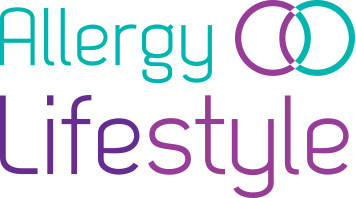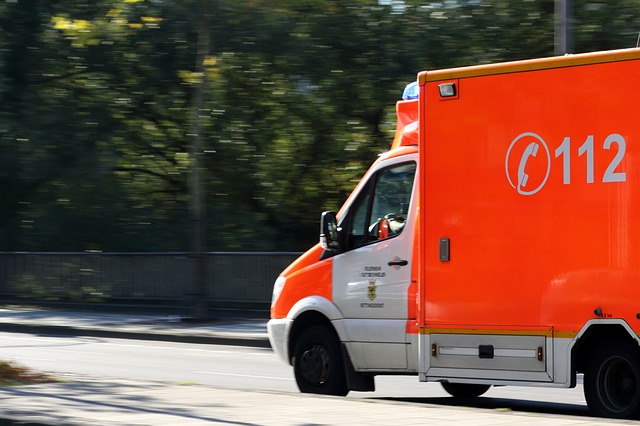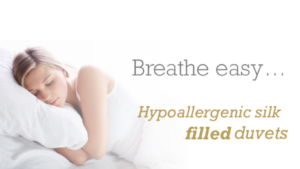Allergy Blog
Anaphylaxis – What do you do after giving adrenaline?
What do you do if a child in your care has an anaphylactic reaction?
Giving adrenaline is the first line treatment for anaphylaxis. It helps to treat symptoms by opening up the airways and increasing blood pressure (Check out our blog post for more information: How to Recognise and Treat Anaphylaxis).
The next step is to call for an ambulance. What can you do to help while you’re waiting for the ambulance?
If the child has an emergency action plan, then you should follow the steps outlined there. If not, here are some guidelines to keep in mind:
- Stay calm, anaphylaxis is scary and the child will already be feeling anxious. They will feel less anxious if they see that you are calm and in control.
- Place the child on their back with their legs raised. This helps blood flow to the vital organs and reduces the symptoms of shock.
- If the child is vomiting or feels like they might vomit, place them on their side so that they don’t choke.
- The child might want to sit up if they are having difficulty breathing, keep them lying down until they have been seen by a doctor. An upright position can cause a sudden drop in blood pressure.
- If the symptoms don’t go away after giving the first dose of adrenaline, or if they come back before the ambulance arrives, a second dose of adrenaline can be given after 5 – 15 minutes. The effects of adrenaline can wear off, that’s why it’s important to get them to the hospital.
When the ambulance arrives, paramedics should take the child to the ambulance by stretcher so they can stay reclined. Getting the child into the hands of medical professionals is very important as adrenaline can wear off and symptoms can return. Doctors can give further treatments and monitor the child for a biphasic reaction.
Disclaimer: The information provided is for informational purposes only and is not intended to be a substitute for professional medical advice, diagnosis or treatment. Allergy Lifestyle Limited (t/a) Allergy Lifestyle) uses reasonable endeavours to check the accuracy of information provided however no warranty is given that they are error-free. Always seek the advice of an allergy specialist and follow your anaphylaxis emergency care plan.








